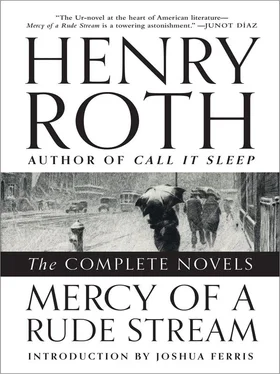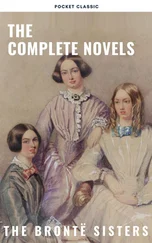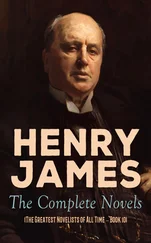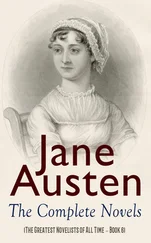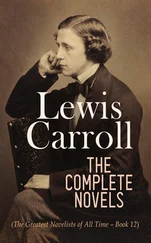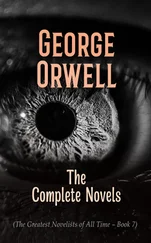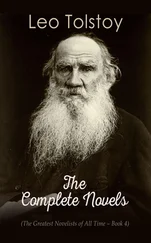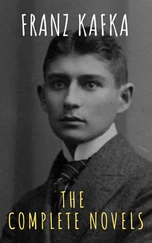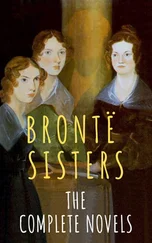That October evening, Henry politely asked me how my own father, his senior by a mere seven months, and physically in no better shape, was doing, as if the two old men were competitively engaged in a race to see which one would meet his maker first. Not wanting to alarm Henry with dire medical reports from California, I lied, of course, and said that my dad was holding his own, and Roth replied, “Carry on the good work, my friend,” as if he were a literature professor from one of his 1920s screwball plots. Four days later, on Friday, October 13, Henry was gone. He had died just after sundown, having made the Sabbath in the very nick of time, and to mix Hebrew and Greek images, as he was wont to do, just after Helias in his horse-drawn chariot had raced by Albuquerque on his nightly run.
Felicia, in touch with Henry’s two sons, Hugh and Jeremy, left the news of Henry’s passing both on my telephone machine at home and in the office, messages that I picked up in California soon after my plane had landed. My father was in worse condition than I had imagined — his head drooped so low, his consciousness so dim that the doctor advised the next afternoon that we not feed him intravenously. I sat that afternoon in the kitchen of my parents’ apartment, at work at the table, numbed, grief-stricken, with the manuscript pages of Mercy spread out willy-nilly before me, struggling with the editing of a particularly salacious description of sex between the fictional cousins Ira and Stella. Yet as stunned as I was about Henry’s death, I took great comfort in knowing that Roth, at least for me, had not died; in fact, the very pages before me represented his very tree of life, and what better way to show my love than to do just as Henry had commanded, “Carry on, . my friend.”
I am sure that I was concentrating so mightily on Henry’s prose because I wished to distract myself from my own father’s predicament — Dr. Reed’s pronouncement of gloom, and the knowledge that Henry’s departure was a harbinger of my own father’s imminent death. And as the doctor was packing his bag, my father suddenly struggled to lift his head — he even bolted — and like the stirring of a shroud, acknowledged my presence, speaking his first words in over two days. Casting his gaze on the messy sheaf of papers, my father suddenly uttered, with his thick, barely comprehensible German accent, the questioning words, “Henry Rot, Henry Rot?” “ rot ” being the German pronunciation of Roth, as in the color red, although Henry of all people was not unaware of the pun.
“Doctor Reed, did you hear that, he knows what I am working on, he said ‘Henry Roth,’” I exclaimed. The doctor was as stunned as I was; so was my mother, and although this was the only phrase my dad uttered that weekend, the doctor immediately called for an IV bag and an infusion of fluids, and arguably, because of Henry Roth, my father lived another sixteen days.
I felt that autumn that I had lost two giants, both men atavistic in wholly different ways. Having had the privilege of working with Henry, I can unequivocally state that my perception of the world has been remarkably altered. In fact, I can no longer walk the streets of Manhattan without feeling a far greater empathy for the poor. It is as if I had discovered a new Dostoevsky, and at the end of our stultifyingly narcissistic twentieth century at that. Despite our gap in age, I felt that Roth was writing about my city of New York in the 1990s, even though Henry’s stories detailed a far more technologically primitive world of a greenhorn generation long since vanished. Roth was perhaps the last voice of an era, yet his description in Requiem for Harlem of crosstown traffic on 14th Street—“shuffle and squeal. Glitter and gleam of windshield and hubcap”—save for the eloquence of his language, could easily pass for a street scene in 1997, so constant is the farrago of whirling images that New York manages faithfully to project. The immigrant Jews and Italians who were, of course, so hated in Roth’s youth have long since entered the mainstream, made complacent by the prosperity that education and middle classdom bring, yet the privations described endow us with a vision of poverty so compassionate and transcendent that we can never forget that there are millions of people in New York City alone who remain destitute. I as a reader have learned that behind the grimace of every street sweeper, behind the fretful countenance of every hot dog vendor, there exists a fellow journeyman, whose plaintive gaze or feral eyes bespeak a magnificent drama that remains untold. In listening to the story of a Pakistani taxi driver talking about his children at school in Queens, I am confronted by an immense pride and beauty, mine for the listening. Manhattan, despite the passage of seventy years, despite the incursion of television, graffiti, new racial tensions, and e-mail, has not changed at all — and the Rothian immigrant world of the 1920s remains as immanent today as it was when David Schearl, the young protagonist of Call It Sleep , was but a small boy on the Lower East Side.
There are, of course, numerous critics and countless readers who still continue to hold on to the notion that Call It Sleep is indeed the only masterpiece that Henry Roth ever wrote. As the first two volumes of the Mercy series came off press, most reviewers felt compelled to compare these new works to a book published in 1934 when its author was a mere twenty-eight years old, as if a man in his late eighties was simply expected to pick up writing in the exact manner as he had done as an unexamined young man. The notion was absurd, and this wretched form of comparison would be enough to dissuade any blocked writer, like J. D. Salinger, Harper Lee, or the late Ralph Ellison, from even contemplating a new work late in life. Yet Roth possessed in many ways an elephantine hide, and when he happened to glance at a review or two (most he never even looked at), he merely shrugged, and said, “Baah, she just didn’t get the book,” and that was that. His mission was manifest — it was ordained that he carry on his novels, as if writing were the only force that was keeping him alive, and a hostile review did not deter Roth in the slightest. It would often amaze interviewers who came to his home in the early 1990s to listen to the old man describe his one novel “from childhood.” He would tell not a few visitors that he had disavowed the first book — that it was a boy’s work no longer worth reading, a book that had been inspired under the spell of his erstwhile mentor and now necromancer James Joyce — and that he cared no longer to discuss it or its themes.
Call It Sleep was simply a book that had died when another man by the name of Henry had perished decades ago. Didn’t they have something else to ask, he questioned the parade of interrogators? When asked why he was writing the Mercy series, he prided himself in telling people that it was simply “for the dough,” and that this newly found income was required to pay for his nurses, doctors, and the cornucopia of medications that rested on the kitchen table.
It was only after Roth’s death, and with the publication of the third volume, From Bondage , that over a dozen critics and reviewers hailed the third book as a masterpiece in its own right, not a novel that had to be reviewed in the context of a distant literary antecedent. As Call It Sleep is arguably one of the finest American novels that has ever depicted childhood, so too can the four volumes of Mercy of a Rude Stream now be viewed not only as a necessary complement to the prior work, but as a unified body of literature that stands on its own. No less a scholar and critic than Mario Materassi, who for many years was Roth’s closest friend and soulmate, and who deserves singular credit for transforming Roth into a writer of such huge international stature, has written that “ Call It Sleep can be read as a vehicle through which, soon after breaking away from his family and his tradition, young Roth used some of the fragments of his childhood to shore up the ruins of what he already felt was a disconnected self. Forty-five years later, Roth embarked on another attempt to bring some retrospective order to his life’s confusion: Mercy of a Rude Stream , which he has long called a ‘continuum,’ can be read as a final, monumental effort on the part of the elderly author to come to terms with the pattern of rupture and discontinuity that has marked his life.” My own personal feeling is that there are few works in this decade, much less in this century, that have come like Mercy to reflect as acutely the internal dislocation of the intellectual and the society at large.
Читать дальше
